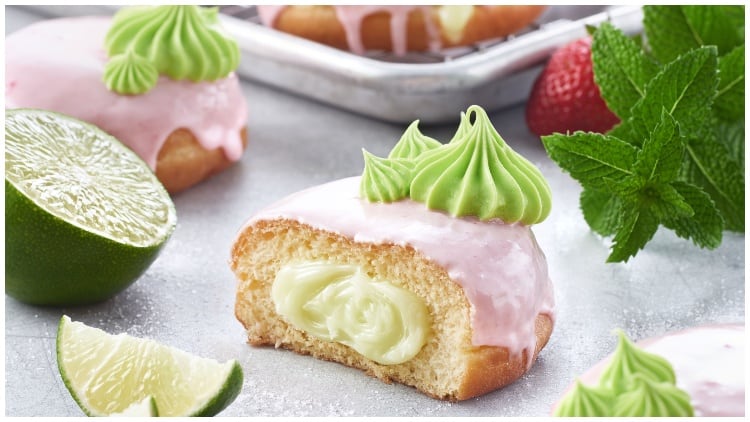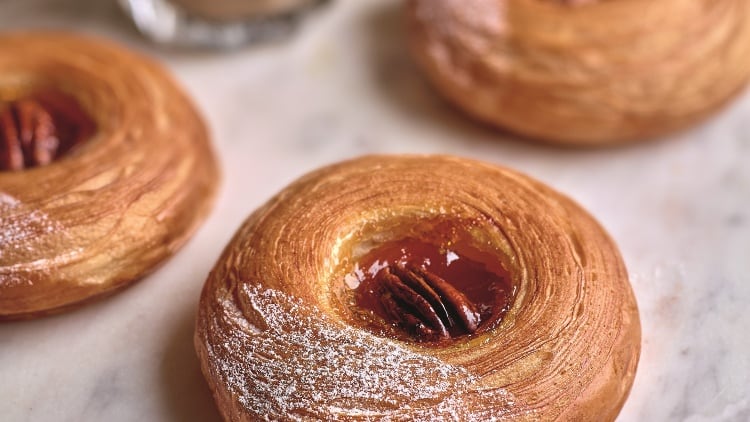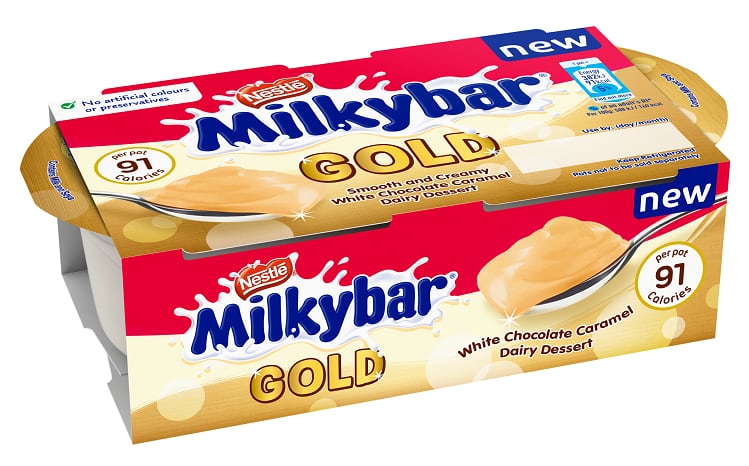Gen Z has reached a point where they are now a sizable force, and therefore their influence on food and drink is significant.
Known as the ‘digital natives’, they were the first generation to grow up with the internet being an everyday part of life. Their identity has, as such, been influenced by the digital age, as well as other big events such as climate change, Covid and conflict.
These same events have also helped shape the food sector, which has had to adapt to market challenges as well as changing consumer behaviours.
“Not only do these younger consumers have their own spending power, but they also have strong and distinctive demands, often influenced by what they have seen or read about on social media,” Jacqui Passmore, marketing manager UK and Ireland at Dawn Foods told Food Manufacture.
Looking at the bakery sector specifically, despite headwinds such as supply chain issues and a rising cost of living, it’s a segment which has fared well, particularly in the sweet category. Referred to as ‘the lipstick effect’, in times of economic downturn, consumers are still eager to treat themselves – and, let’s face it, a sweet doughnut will often do the trick.
But how exactly has this climate conscious, tech savvy generation influenced this industry’s take on that doughnut?
Healthy treats
One of the key trends driven by Gen Z is a focus on health. However, for sweet bakery – a commodity generally reliant on sugar and fat – playing into this is no easy feat. Reformulating these ingredients can result in texture and taste issues, and even alter the appearance and stability in an undesirable manner.
But it’s not impossible to create a popular and healthier sweet treat. As Alex Brassill, co-founder of Jnck Bakery pointed out, other categories including confectionery and ice cream have managed to successfully tap into this market, with established brands like Grenade and Halo Top prominent on today’s supermarket shelves.
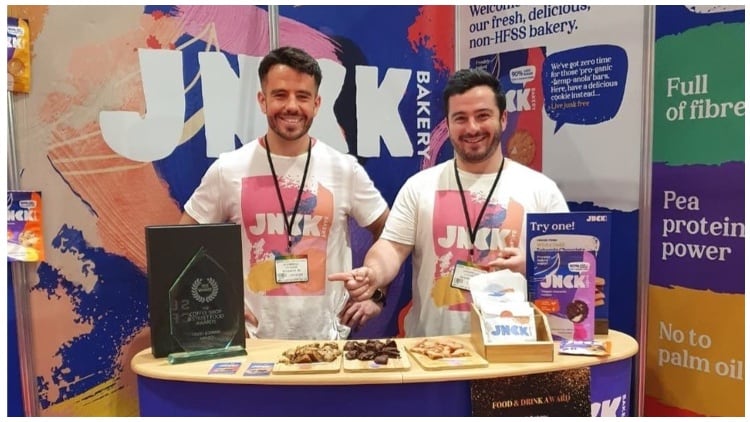
This health mega trend was the reason behind the creation of Jnck Bakery, which has started its journey with the launch of a cookie following almost two years of R&D. As Brassil revealed, this new offering boasts 90% less sugar than traditional cookies, three times more protein, added fibre (5x compared to existing products), and a 50% reduction in saturated fat.
The cookies have been rated non-HFSS with a nutriscore of zero, using ingredients such as pea protein for satiation, prebiotic fibre for gut health and a bespoke, low sugar, protein chocolate.
"Market-leaders in other sectors such as crisps and doughnuts are all making great strides in healthier eating - but the cookies sector has remained relatively stagnant. Jnck Bakery is changing this: we believe we can remove 800 tonnes of sugar from the UK supply chain over the next three years - and that’s just the start!” Brassil said.
Health was also a key trend Passmore highlighted: “Younger consumers are looking for indulgent products but with a healthier twist – added fruit, fibre or protein, for example – to help mitigate the guilt.”
Ingredients are also being added to bakery products, such as bread, to play with textures while also offering health benefits and visual interest.
Silvery Tweed Cereals NPD manager, Julie Telfer, described the trend as “bread with bits”, with brands adding wholegrains, kibbled grains, seeds and pulses.
However, as Jon Adams, Baker & Baker UK’s R&D director, noted, with this ever-increasing focus on health, some artisanal bakeries may struggle to deliver reasonable calorie or fat content for some of these ultra-indulgent products.
Planetary health
Passmore also noted the newly extended meaning of ‘health’, which can often refer to planetary as well as one’s own wellness.
“Younger consumers are putting a great deal of thought into the foods they eat; they are aware of how their food choices affect their personal health, community and planet, and, as a result, [have] more interest in sustainably produced ingredients such as palm oil and cocoa.”
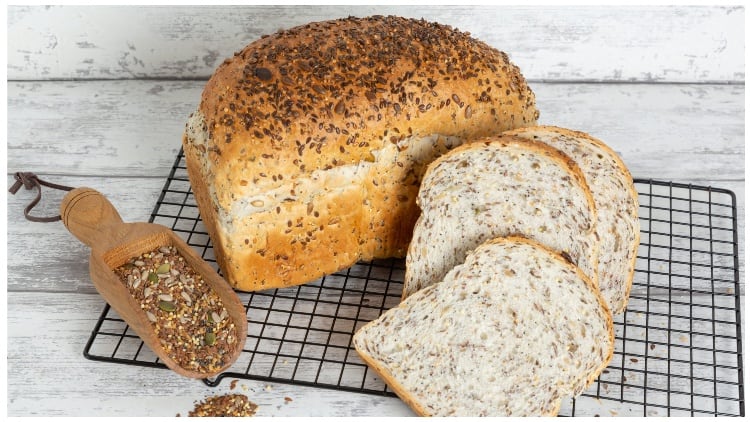
This is a trend she believes will continue to grow in the next year and one which may benefit a brand’s margins.
“From our research, three in five European consumers are even willing to pay a slight price premium for sustainable products,” she explained.
Telfer and Adams both agreed with Passmore, stating that sustainability is certainly a priority for Gen Z.
“We see a move towards more locally sourced ingredients, requests for dairy and egg reductions or removals, and a general conscious effort to reduce our carbon footprint through recipe redevelopment and ingredient sourcing,” Adams noted.
“There is more interest in UK and locally sourced ingredients, as they [consumers] look to reduce their impact on the environment. Also, an increased interest in ingredients that have been grown using regenerative farming processes,” added Telfer.
Barbie and other pictures for the ‘gram
The internet has been essential in the widespread and rapid sharing of news and ideas, including raising awareness of climate change and mindfulness, which has arguably helped influence Gen Z’s attitudes. It has also helped fuel several trends in the context of food, with one such example being ‘eating with the eyes’.
With it being commonplace to take pictures of food/drink, aesthetics now play an even bigger role in terms of colour, texture and experience.
“They [younger generations] have this urge to be validated on social media and share with everyone that they’re having a great time,” commented Brassil.
The rise of social media has also given brands a bigger opportunity to partner with others or ‘jump on the viral trends bandwagon’, allowing them to benefit from the algorithm and react with speed. One only has to look at the way in which the recent Barbie movie inspired product launches, with pink sweet treats dominating Instagram feeds.
Hybrid products also have their place as a result of this snap happy generation. As Passmore noted: “They are ideal for social media posts!”
She continued: “We know about patisserie crossovers such as cronuts and cruffins, but categories are mixing too. Think of traditional dessert flavours for example, such as classic trifle, rhubarb and custard, elderflower and lemon, banana and caramel (banoffee) or strawberries and cream but used to fill and top pastries, muffins, doughnuts and cookies.
“Research from Mintel indicates that 47% of customers buy cakes or cake bars as a dessert too, indicating that customers are more willing to interchange their bakery item as an alternative or dessert replacement.”
Nostalgia meanwhile continues to be an important flavour trend, with today’s consumers – especially younger generations – keen to approach tradition with a twist.
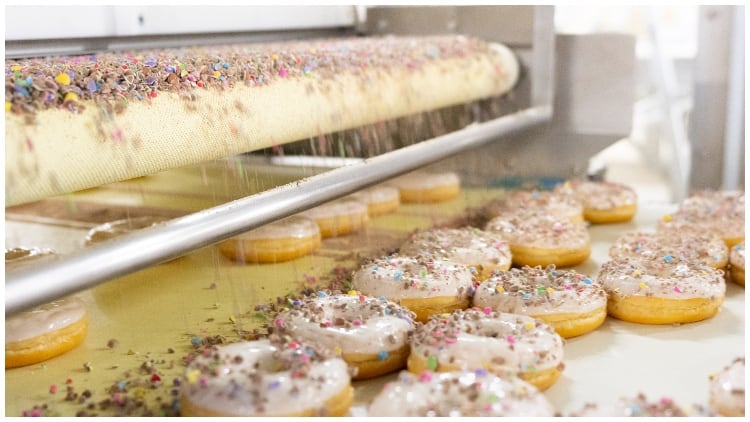
“Exploring fresh and ‘disruptive’ ingredients and enhancing their nostalgic memories with new flavour experiences is going to be important going forward. According to our research, 78% of European consumers said they enjoyed sweet baked goods that put a new spin on a traditional item,” explained Passmore.
Telfer concurred: “Although the younger generation is open to change and new ideas from a flavour perspective, we are still seeing a strong interest in the familiar but with a twist, consumers experimenting but choosing something they know they will like, so as not to waste money. Rather than just coffee-flavoured – think mocha, cappuccino or even espresso martini. Adapting the flavours of products we know into different sectors and eating occasions is a key trend.
“Salted caramel is still really popular; however, you must now have a caramelised biscuit/speculoos or Biscoff flavour in your offerings.”
Meanwhile traditional bakery flavours such as Cherry Bakewell are appearing in other sectors such as cereal and ice cream.
Short-lived stunts
Although smaller bakeries have the flexibility and time to bring a quirky or handcrafted product to the consumer relatively quickly, replicating this in a plant bakery is more complex.
“Time for NPD, ingredients costs, product testing on the line, regulatory compliance, packaging etc., all have implications on finished product costs,” explained Passmore. “The bakery equipment industry has been quick to develop significant pieces of equipment that enable plant bakers to replicate the technique of handcrafting at mass scale - and ingredients manufacturers like Dawn work with customers in this channel to advise on how our ingredients can produce best ‘handmade’ results in a particular plant.”
And while Telfer also agreed that social media is driving a need for “the wow factor through fun flavours and colours”, she too noted the challenges this brings larger manufacturers and cautioned that these social trends can be quite short-lived. In other words, pick your inspirations and collaborations wisely.
“Increasingly we are seeing shorter-term limited-edition flavours,” she told Food Manufacture.
This can be demanding on bigger manufacturers because of raw material minimum order restrictions. It can also be challenging due to equipment capacity and the number of clean downs required.
Adams was of the same opinion, explaining that while many artisanal bakeries will be focused on social trends, it doesn’t necessarily reflect the mainstream market.
"Although such bakeries are focused on trends or ideas generated via popular social media channels such as TikTok or Instagram, there are question marks around the long-term viability of a doughnut or muffin that sometimes costs £5 or more," he pointed out.
"Artisanal markets are experimenting with a wide variety of flavour, colour, texture and ingredient combinations, albeit at a price point that is significantly higher than mainstream retail.
He concluded: “For the foreseeable future, the UK retail market is dominated by price concerns and the need to deliver genuine value for shoppers, and that is one of our primary manufacturing considerations.”
Enjoyed this article? You may also like our latest podcast episode on how to easily uplift products. Listen to the Food Manufacture Podcast for free here, or catch us on Spotify, iTunes, or any major platform wherever you usually get your podcasts.


